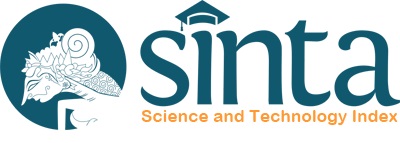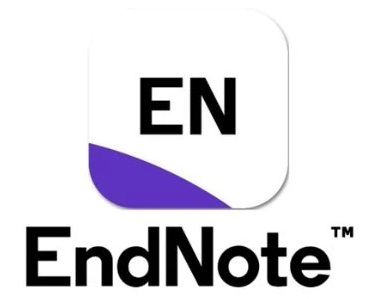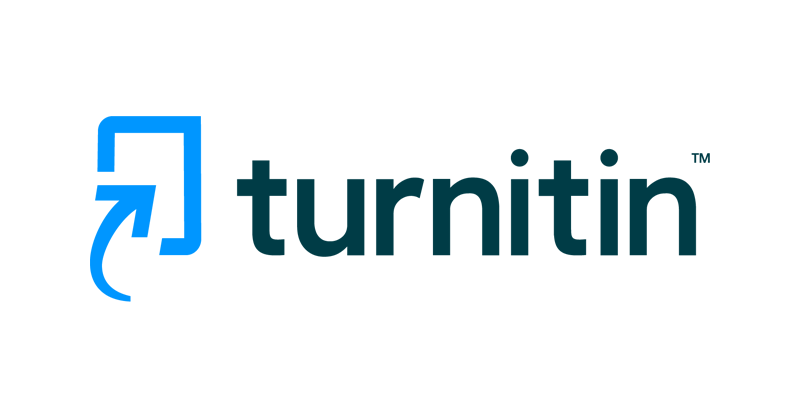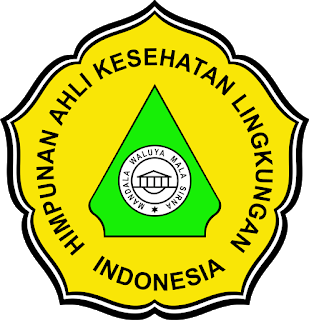Health Risk Assessment of Cadmium and Chromium Exposure from Bakalang Clam Consumption in the Elderly Population of Lantebung, Makassar
DOI:
https://doi.org/10.32382/sulo.v25i2.1637Keywords:
Cadmium, chromium, bakalang clams, elderly, non-carcinogenic riskAbstract
Bakalang clam is an important protein source for coastal communities; however, heavy metal contamination may pose health risks, especially to vulnerable elderly populations. This study aims to analyze the non-carcinogenic health risk resulting from cadmium (Cd) and chromium (Cr) exposure through the consumption of bakalang clams by the elderly in the Lantebung coastal area, Kelurahan Bira. Heavy metal concentration data were obtained through laboratory analysis, while consumption data and respondent characteristics were collected through direct surveys. Daily intake was calculated based on consumption frequency and duration, body weight, and averaging time. The Risk Quotient (RQ) was calculated by comparing daily intake with the reference dose (RfD). The results showed that the average concentrations of Cd and Cr in bakalang clams were 0.08 mg/kg and 1.04 mg/kg, respectively. The daily intake values for Cd and Cr were 0.00392 mg/kg/day and 0.051 mg/kg/day, respectively. The RQ values for Cd and Cr were 3.92 and 17.0, indicating a significant potential health risk. This study concludes that the consumption of bakalang clams contaminated with Cd and Cr poses a potential non-carcinogenic health risk to the elderly population in the study area.
References
Alloway, B. (2013). Heavy Metals in Soils: Trace Metals and Metalloids in Soils and their Bioavailability. https://doi.org/10.1007/978-94-007-4470-7
Alongi, D. (2015). The Impact of Climate Change on Mangrove Forests. Current Climate Change Reports, 1, 30–39. https://doi.org/10.1007/s40641-015-0002-x
Antoniadis, V., Shaheen, S. M., Boersch, J., Frohne, T., Du Laing, G., & Rinklebe, J. (2017). Bioavailability and risk assessment of potentially toxic elements in garden edible vegetables and soils around a highly contaminated former mining area in Germany. Journal of Environmental Management, 186(Pt 2), 192–200. https://doi.org/10.1016/j.jenvman.2016.04.036
ATSDR. (2012). Toxicological Profile For Cadmium. ATSDR.
Chen, Z., Xu, J., Duan, R., Lu, S., Hou, Z., Yang, F., Peng, M., Zong, Q., Shi, Z., & Yu, L. (2022). Ecological Health Risk Assessment and Source Identification of Heavy Metals in Surface Soil Based on a High Geochemical Background: A Case Study in Southwest China. Toxics, 10(6). https://doi.org/10.3390/toxics10060282
El-Sharkawy, M., Alotaibi, M. O., Li, J., Du, D., & Mahmoud, E. (2025). Heavy Metal Pollution in Coastal Environments: Ecological Implications and Management Strategies: A Review. Sustainability (Switzerland), 17(2), 1–29. https://doi.org/10.3390/su17020701
FAO & WHO. (2024). Joint FAO/WHO Expert Consultation on the Risks and Benefits of Fish Consumption: Meeting report, Rome, 9–13 October 2023. Food Safety and Quality Series, No. 28. https://doi.org/https://doi.org/10.4060/cd2394en
Food Adulteration Hong Kong. (1997). Standards for heavy metals in food and soil.
Hidayat, T., & Muchtar, A. (2022). Peran Kelembagaan dalam Pengembangan Desa Wisata Lamajang Kabupaten Bandung dan Dampaknya Terhadap Perekonomian Masyarakat Lokal. Tourism Scientific Journal, 8(1), 93–104. https://doi.org/10.32659/tsj.v8i1.230
IARC. (2012). IARC Monographs on the Evaluation of Carcinogenic Risks to Humans. IARC. (2012). IARC Monographs on the Evaluation of Carcinogenic Risks to Humans. International Agency for Research on Cancer.
Jabeen, F., Aslam, A., & Salman, M. (2021). Heavy Metal Contamination in Vegetables and Soil Irrigated with Sewage Water and Associated Health Risks Assessment. March 2020. Järup, L. (2003). Hazards of heavy metal contamination. British Medical Bulletin, 68(1), 167–182. https://doi.org/10.1093/bmb/ldg032
Juharna, F. M., Widowati, I., & Endrawati, H. (2022). Kandungan Logam Berat Timbal (Pb) Dan Kromium (Cr) Pada Kerang Hijau (Perna viridis) Di Perairan Morosari, Sayung, Kabupaten Demak. Buletin Oseanografi Marina, 11(2), 139–148. https://doi.org/10.14710/buloma.v11i2.41617
Kusumawarni, M., Daud, A., Ibrahim, E., Kesehatan, B., Fakultas, L., Masyarakat, K., & Hasanuddin, U. (2020). Analisis Risiko Arsen (As) Dalam Ikan Kembung Dan Kerang Darah Di Wilayah Pesisir Makassar. Unersitas Hasanuddin, 1–13.
Lisna, L., Ramadan, F., & Arfiana, B. M. (2023). Assessment of Heavy Metals in Blood Clams ( Anadara granosa ) in the Waters of the East Coast of Jambi , East Tanjung Jabung Regency , Jambi , Indonesia. 41(2), 537–543.
MacFarlane, G. R., & Burchett, M. (2000). Cellular distribution of copper, lead and zinc in the grey mangrove, Avicennia marina (Forsk.) Vierh. Aquatic Botany, 68, 45–59. https://doi.org/10.1016/S0304-3770(00)00105-4
Nasman, N. M. (2024). Analisis Risiko Kesheatan Lingkungan Kandungan Logam Berat Timbal (Pb) dan Kadmium (Cd) pada Kerang Dara di Pelabuhan Tanjung Ringgit Kota Palopo. Cd, 1–23.
Ngoc, N. T. M., Chuyen, N. Van, Thao, N. T. T., Duc, N. Q., Trang, N. T. T., Binh, N. T. T., Sa, H. C., Tran, N. B., Ba, N. Van, Khai, N. Van, Son, H. A., Han, P. Van, Wattenberg, E. V., Nakamura, H., & Thuc, P. Van. (2020). Chromium, Cadmium, Lead, and Arsenic Concentrations in Water, Vegetables, and Seafood Consumed in a Coastal Area in Northern Vietnam. Environmental Health Insights, 14. https://doi.org/10.1177/1178630220921410
Phorego, N.M., Puccinelli, E., Pieterse, P.P., Ndaba, J., Porri, F. (2024). Metal Bioaccumulation in Marine Invetebrates and Risk Assessment in Sediments from South African Coastal Harbours and Natural Rocky Shores. Environmental Pollution, 35.
Rainbow, P. S. (2024). Trace Metal Concentrations in Aquatic Invertebrates : Why and so What? Shengtai Xuebao/ Acta Ecologica Sinica, 28(12), 5957–5963.
Salsabila, N., Suprijanto, J., & Ridlo, A. (2024). Analisis Kadar Pb dan Cu pada Kerang Hijau Budidaya di Tambak Lorok serta Analisis Risiko Kesehatan Konsumsi untuk Manusia. Journal of Marine Research, 13(2), 347–354. https://doi.org/10.14710/jmr.v13i2.38865
Shetty, B. R., Pai B., J., & and Salmataj, S. A. (2025). Heavy metal contamination and its impact on the food chain: exposure, bioaccumulation, and risk assessment. CyTA - Journal of Food, 23(1), 2438726. https://doi.org/10.1080/19476337.2024.2438726
Silaen, G. D., Retno, R., & Pangihutan, M. (2025). Studi kandungan logam berat (timbal dan kromium) pada jenis kerang bulu ( anadara antiquata ) di muara panton, desa bagan asahan, kecamatan tanjung balai, provinsi sumatra utara. 3(1), 919–927.
Tam, N. F. Y., & Wong, Y. S. (2000). Spatial variation of heavy metals in surface sediments of Hong Kong mangrove swamps. Environmental Pollution, 110(2), 195–205. https://doi.org/https://doi.org/10.1016/S0269-7491(99)00310-3
United States Environmental Protection Agency (USEPA). (2012). Integrated Risk Information System (IRIS): Chromium and Cadmium. USEPA.
USEPA. (2024). Selecting a Sampling Design. USEPA.
WHO. (2017). Guidelines for Drinking-water Quality (4th ed.) Fourth Edition Incorporating The First Addendum. World Health Organization.
Xu, Z., Shi, M., Yu, X., & Liu, M. (2022). Heavy Metal Pollution and Health Risk Assessment of Vegetable-Soil Systems of Facilities Irrigated with Wastewater in Northern China. In International journal of environmental research and public health (Vol. 19, Issue 16). https://doi.org/10.3390/ijerph19169835.
Downloads
Published
How to Cite
Issue
Section
PDF (Bahasa Indonesia) downloaded: 0


















